Intelligence failures get enormous attention while intelligence successes are often unsung and unappreciated. The analysts at the Central Intelligence Agency in 1967 predicted the outcome of the June war well in advance and gave President Lyndon Johnson confidence that Israel was never in jeopardy. It was an analytic triumph.
 When the crisis began in May 1967, the CIA’s Office of Current Intelligence (OCI) had already created a task force to monitor and assess developments between Israel and its Arab neighbors because of the steady buildup of tensions earlier in the year. On the day after Egypt closed the Straits of Tiran, May 23, President Johnson asked the Director of Central Intelligence Richard Helms for an immediate assessment of the likely outcome of a war.
When the crisis began in May 1967, the CIA’s Office of Current Intelligence (OCI) had already created a task force to monitor and assess developments between Israel and its Arab neighbors because of the steady buildup of tensions earlier in the year. On the day after Egypt closed the Straits of Tiran, May 23, President Johnson asked the Director of Central Intelligence Richard Helms for an immediate assessment of the likely outcome of a war.
Helms presented the OCI assessment only a few hours after LBJ’s request. It concluded that Israel could successfully defend itself against any combination of Arab enemies if attacked simultaneously on all sides and initiate a major offensive as well. Helms assured the president and his national security team that Israel was not in danger and would win any military conflict. Israel had battlefield dominance over the Arabs, especially in the air.
Two days later, the Israeli government provided its own intelligence assessment to Washington, which painted a much more alarming threat. Helms had his analysts check the Israeli military intelligence judgments. Within five hours, they came back with an appraisal concluding that the Israeli analysis was not a serious intelligence estimate but a political gambit designed to influence the American administration. Its calculations of Arab, especially Egyptian strength, were not accurate.
The agency also judged that the Soviet Union would stay out of the war. It noted that the Russians had provided considerable support for Egypt’s five years-old war in Yemen against Saudi-backed royalist insurgents, but argued that Moscow would be much more restrained against the much more capable Israel Defense Forces (IDF). The Yemeni war, which had cost Cairo 25,000 casualties already, remained a costly diversion for Egypt from the Sinai battlefield.
Indeed the disastrous performance of the Egyptian army in Yemen did much to influence the agency’s analysis of the threat the Egyptian military posed to Israel. The Egyptian expeditionary force in Yemen—which peaked at 70,000 troops—had been unable to defeat the much less-equipped Royalists despite years of effort. The track record of the largest Arab army was well known to the American experts.
The analysis also dismissed talk of Arab unity as “fiction.” No serious coordination existed between the Arab states or their military establishments. The Arab Cold War kept military cooperation non-existent.
The CIA and the Defense Intelligence Agency produced a joint paper at the end of May that judged Israel would win any war and take the Sinai in “several days.” At the beginning of June, based on a meeting with the head of the Mossad, Helms told LBJ that it was his conclusion that war was imminent and would be initiated by the Israelis. He soon was proven right on both counts. When the war began, the agency was quick to tell the White House that Israel had “fired the first shots” with its air strikes against the Egyptians, contrary to the Israeli account.
It was the OCI’s high-water mark. Years later, Helms told me after his retirement that the accuracy of the agency’s estimates in May and June 1967 gained him great credibility with the president. LBJ made Helms a regular lunch partner at his weekly meetings with his top national security advisers after his performance in the Middle East. The story of the success has been declassified and published by the CIA’s historical office.
Two months after the war, the U.S. intelligence community produced an assessment of the results. Half of Egypt’s 1,000 tanks were destroyed or captured and two-thirds of its air force destroyed; the Royal Jordanian Air Force was totally annihilated and two-thirds of Jordan’s 200 tanks were lost; and the Syrians had lost most of their air force. Israel had lost less than 100 of its 1,100 tanks and only 24 of 450 jet pilots. Arab casualties were 10 times more than Israeli ones.
Of course, six years later OCI—and the Israeli intelligence—was caught by surprise by the October 1973 war. The agency then relied far too heavily on the IDF’s judgment that the Arabs would not make war, ignoring the overwhelming evidence that an attack was coming—including a secret warning from Jordan’s King Hussein. In the ultimate bureaucratic price, OCI was reorganized out of existence, due to that failure.

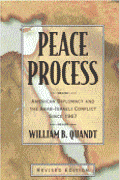


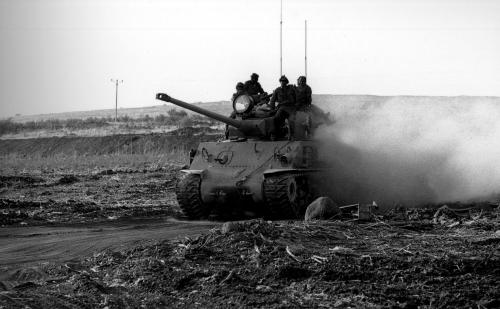
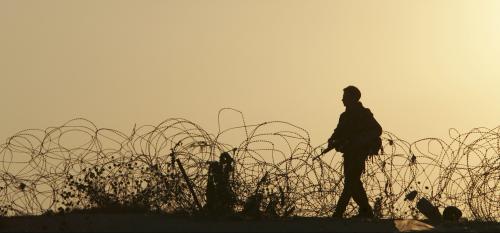

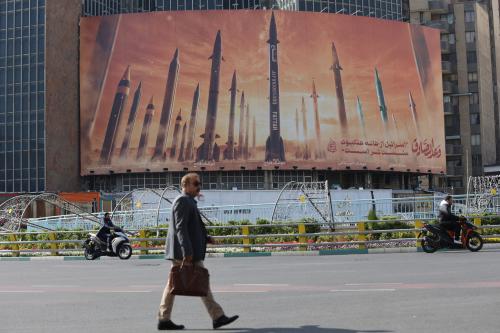

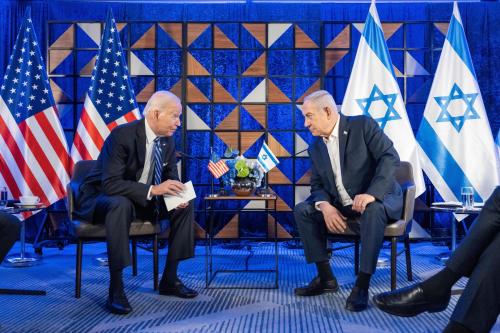
Commentary
The CIA’s overlooked intelligence victory in the 1967 War
May 30, 2017